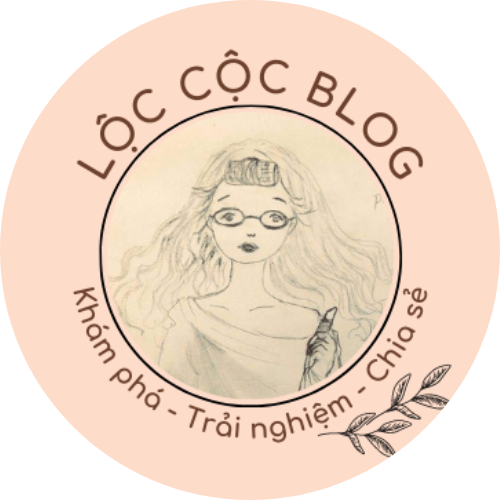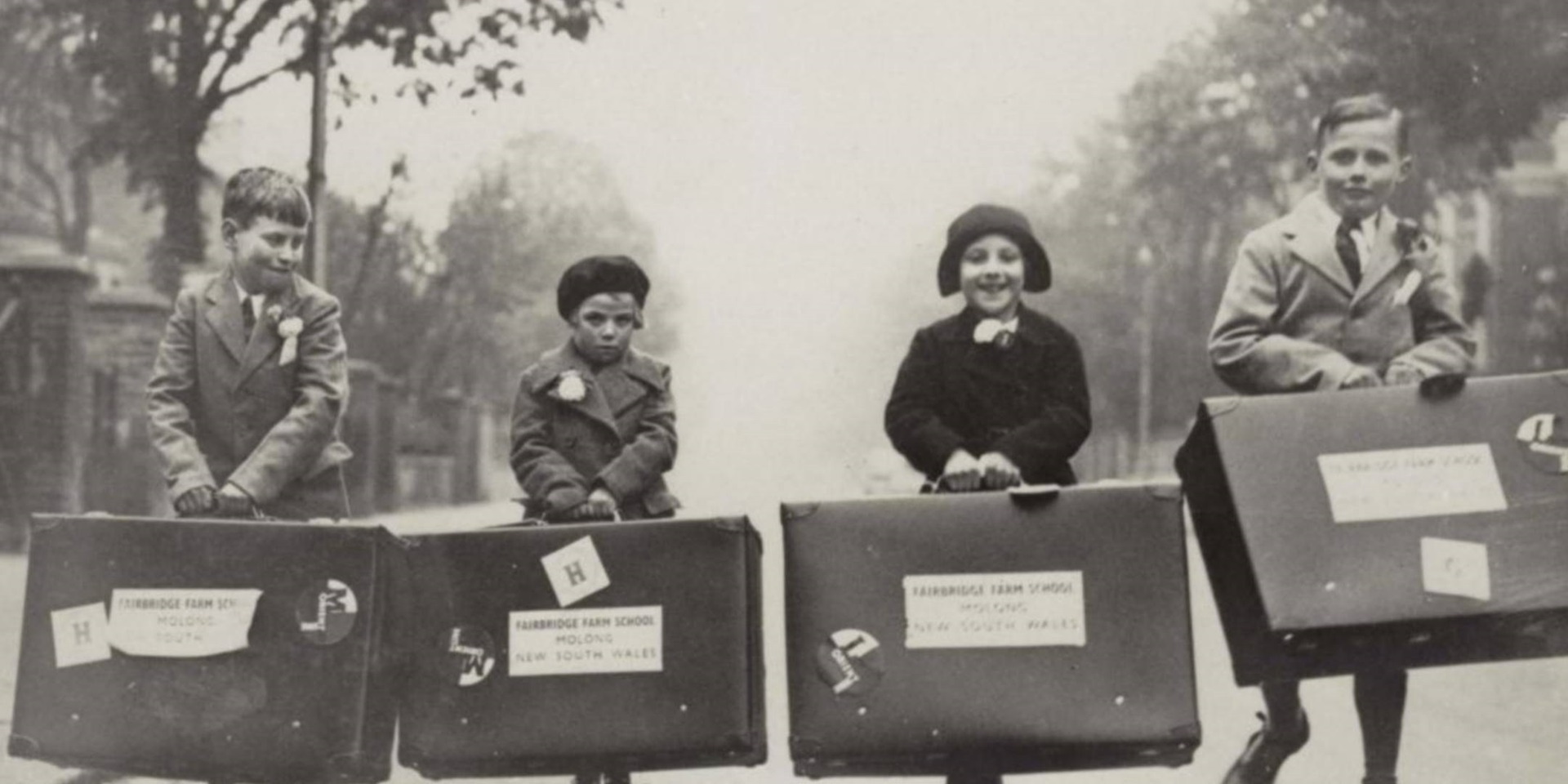Wording and language used are suggested and commented by my beloved teacher, Ph.D Phung Ha Thanh.
Topic: The Child Migrant Policy of Britain during the 20 th century and the
controversy about the government’s legitimation.
Britain boasted of their thriving era as “the empire that the sun never sets” with the colonies spreading all over the world. During this colonial period of time, the British government used many strategies to protect and broaden their rule, and one of the strategies is the Child Migrant Policy during the 1920s and the 1970s, which has been recently seen as a shameful scandal in the Britain history. The the policy was officially announced as motivated by humanitarian purposes toward children, and the controversy is whether it was just how the British government legitimatized their action rather than their real moral motivation. This essay will give an overview of the Child Migration policy, describe the authorities’ legitimation of the policy and then compare their claims with the truths told by the victims of this policy. My purpose is to argue that the policy was unethical.
After the 2 wars, specifically, during the 1920s and 1970s, thousands of children were shipped abroad to countries belonging to the British Dominions.The accurate number of the total children immigrating was not figured out. Child Migrant Trust, an organization founded in 1987 by Margaret Humphreys to deal with the British child migration schemes problem, estimated that “in the post-war era approximately 3,300 children were shipped to Australia while New Zealand, Rhodesia, and Canada received a combined total of about 1,000 children” (Child Migrants Trust, n.d.). While the “Forgotten Generation of Deported Children” BBC News Reports in 2009 claimed that this number is 7000- the great number of “exported children” (RuniTravel, 2011). The child migrants were mainly shipped to Australia and Canada. About 100,000 children moved to Canada before 1939 according to Home Children Canada website (British Home Children in Canada.,n.d.), and about 5 000 to 10 000 children were sent to Australia during 1922 and 1967 (Watt & Dow,2001). The children were sent to farm, charity school, lived and worked in harsh condition or even was abused, which caused trauma and many following impacts, and then they would never reunite with their families, relatives in Britain again (Symond, 2017). In 2009, the Australian Prime Minister Kevin Rudd said a national sorry widely to victims of child sexual abuse (Grubel, 2009). As for the UK government, Prime Minister Gordon Brown admitted this mistake as he expressed “regret for the "misguided" Child Migrant Programme, telling the Commons he was "truly sorry" (“Gordon Brown apologises…”, 2010).
The policy obviously left a huge impact on the victims, but before it was criticized, the authority legitimized it as a good move to both the empire and the children themselves. Firstly, the need for promoting the “White” culture and rules made Britain decide to spread their people to the colonies. It was not the first time they did it. It follows that the origins of child migration were linked to Britain’s acquisition of an empire. Back to the history, The UK had exported their children to the colonies in Virginia in 1618 (Child Migrants Trust, n.d.). This policy helped populate the colonies with ‘good white stock’ (Watt & Dow, 2001). Secondly, reducing the number of orphans and destitute children was another purpose of this policy (Symond, 2017). This policy was inspired by the social tension in the late 19th century. It was common at that time that immigration could be a way to help the poor and orphans (Coldrey, 1999). One of the first private organizations working in this issue was the Children Friend Society, founded by Captain Edward Brenton, a retired naval officer, in 1830 (Coldrey, 1999). These organizations saw that the abandoned and poor children in the childcare or orphanage could obtain a bright life in the new colonies.
With the slogan “The Bible and spade for the boy; the Bible, broom, and needle for the girl” Brenton opened an agricultural school for twenty boys between ten and fifteen years of age at West Ham in Essex, later relocated to Hackney Wick. At first, he received widespread support from prominent citizens and the press, and for a few years the Children’s Friend Society flourished. (Coldrey, 1999). After the first and second World War, children immigration were arranged and helped by the private charities such as Barnardo’s and the Fairbridge Society; the Anglican and Catholic churches and local authorities also worked with the
organization of the emigration (Davies, 2017). The private philanthropist like Thomas Barnardo continued the Child immigration program from 1870, and they commenced their work as the way for the desperately destitute children to have a better life (Coldrey, 1999). It was a popular belief in that period from the upper
class toward the poor that the child care organizations were doing a right thing for both the empire and the orphans who were in a plight (Coldrey, 1999). That was seen as a normal practice, and the Child Migrant Policy during the first half of 20th century was not an exception. To legitimize the policy, the government described the children’sir migration to the destination as destinations were a “fanciful tales of travel to the ‘Land of Milk and Honey”, where children ride to school on horseback” – Child Migrant Trust (n.d.).
No matter how good and reasonable the purposes might have beenintention was, the fact that the children suffered the poor education, and hardship and abuses in the colonies was undeniable. The government and charity programs could defend that what happened in the colonies was out of their expectation, but there have been many evidences against their innocence. According to (Lee, 2011), a social worker, Margaret Humphreys (the founder of the Child Migrants Trust), told this story in the public: in 1986, she received a call from a woman in Australia. She asked Margaret to help her find mother after more than 30 years being taken away from Nottingham to Australia. This made her accidentally discover the massive immigration in the past and an important fact.
“We soon discovered that the parents hadn’t died. They were very much alive. And
that was quite a revelation – and quite a moment”- she said, and the government
even lied to the parents about their children information, they did not even know
that their children had been spent away (Lee, 2011).
It was an appalling truth among people, and it was a shameful lie of the government. Following this discovery, many victims have come out to the public about their childhood. In “Forgotten Generation of Deported Children” by BBC News Reports in 2009, many people who were the child migrants revealed their hardship during that time, even worse, some blamed that although the government knew about how their lives would be in the new countries, they still decided to send them away (RuniTravel, 2011). Ellen, a child migrant sent to Western Australia in 1947 at the age of 10, now is tracing her identity and family back in Britain; and she remembered her experience as follows:
“I somehow ended up in Western Australia with the blessing of the Catholic Church, who decided to play God. And in their wisdom tore my family apart. Well done, you offered me two weeks holiday in Australia and I’m still waiting to go home. I was told repeatedly I was a war orphan by the nuns in the orphanage you dumped me in. No amount of counseling offered can make up for the trauma of losing one’s family and identity” (Fairweather, 2009).
Fairweather (2009) also told that Ellen and her sibling lost each other, they could never go home, and they even were lied that their parents were killed. Besides, Lil, the losing sibling of Ellen, told that the consent form to Australia was signed by her father 7 months before their voyage although her father could not write (Fairweather, 2009). That poses a question about who signed it and whether all the parents agree to give their children way “to have a better life”. Forcing separation between parents and their children was morally unacceptable. Even before 1914, the civil servants and inspectors, who were so proud of their empire, still had a contrary opinion about the children immigration that “parental rights and children’s desires were often ignored” and “They disliked the rough-and-ready manner in which many of the private agencies operated. They suspected their motives and their charismatic styles of leadership which were likely to lead to scandals” (Coldrey, 1999).
There would be controversy over the policy whether it was beneficial for the country and actually intended to be a magnanimous behavior, or these reasons were just a way to defend their a reckless and irresponsible action. The benefit of an Empire might be important, but using the policy regardless of how negative the consequences could bring for certain was unacceptable. That the children were badly treated, lied, and separated from their family could never be seen as unexpected consequences. The Empire must have known and predicted that but still covered or kept silent. If some victims had not spoken out, this scandal would have never come into the light. In short, every aspect of this policy, from the intention to the implementation and the impacts, deserves to be criticized.
Words count: 1768
Reference
British Home Children in Canada. (n.d.) Canada doesn’t plan child migrant
apology. Retrieved from: https://canadianbritishhomechildren.weebly.com/canadian-apology.html
Child Migrants Trust (n.d.). Child Migration History. Retrieved from https://www.childmigrantstrust.com/our-work/child-migration-history/
Coldrey, B. (1999).Child Migration: An Overview and Timeline Good British
Stock. Child and Youth Migration to Australia. Retrieved from http://guides.naa.gov.au/good-british-stock/index.aspx
Davies, C. (2017). Britain’s child migrant programme: why 130,000 children
were shipped abroad. The Guardian. Retrieved from
https://www.theguardian.com/society/2017/feb/27/britains-child-migrant-
programme-why-130000-children-were-shipped-abroad
Fairweather, E. (2009). Lost children of the Empire… and how uncovering their
story has torn my family apart. Daily mail. Retrieved from
https://www.dailymail.co.uk/news/article-1229776/EILEEN-FAIRWEATHER-Lost-children-Empire–uncovering-story-torn-family-apart.html
Gordon Brown apologises to child migrants sent abroad (2010). BBC News.
Retrieved from http://news.bbc.co.uk/2/hi/8531664.stm
Grubel, J. (2009). Australia’s Rudd says sorry to orphans, child migrants.
Reuters. Retrieved from https://www.reuters.com/article/us-australia-britain-
children/australias-rudd-says-sorry-to-orphans-child-migrants-
idUSTRE5AF0DI20091116
Lee, V. (2011). Britain’s child migrants. The Guardian. Retrieved from
https://www.theguardian.com/lifeandstyle/2011/apr/02/britain-child-migrants-
australia-commonwealth
[RuniTravel]. (2011, March 10). Australia – Forgotten Generation of Deported
Children – BBC News Reports [File Video]. Retrieved from
https://www.youtube.com/watch?v=ohonSFBAapI
Symond, T. (2017). The child abuse scandal of the British children sent abroad.
BBC News. Retrived from: https://www.bbc.com/news/uk-39078652
Watt, D. & Dow, C. (2001). Child Migrants from the United Kingdom.
Parliament of Australia. Retrieved from
https://www.aph.gov.au/About_Parliament/Parliamentary_Departments/Parliam
entary_Library/Publications_Archive/archive/ChildMigrantUK


Leave a Reply